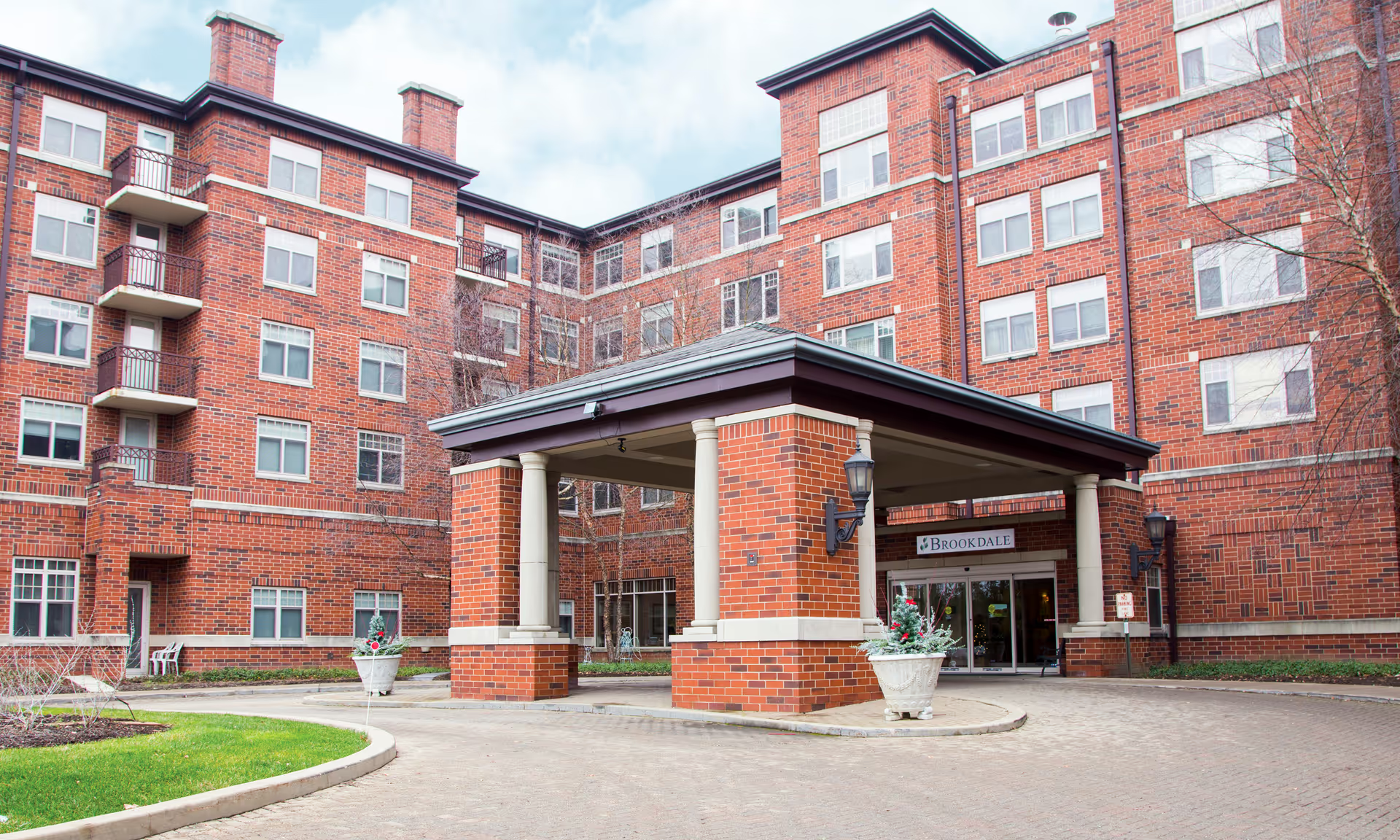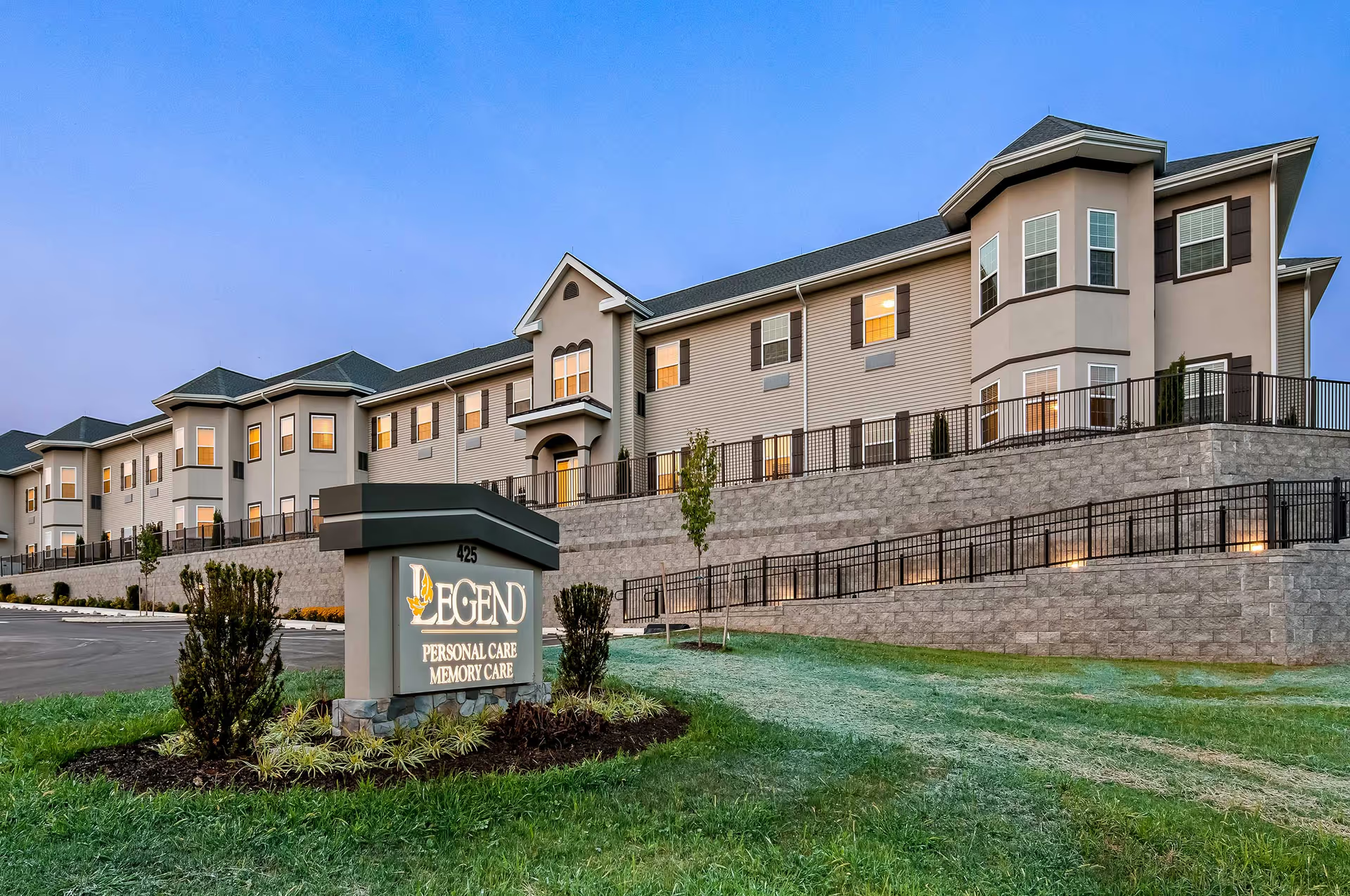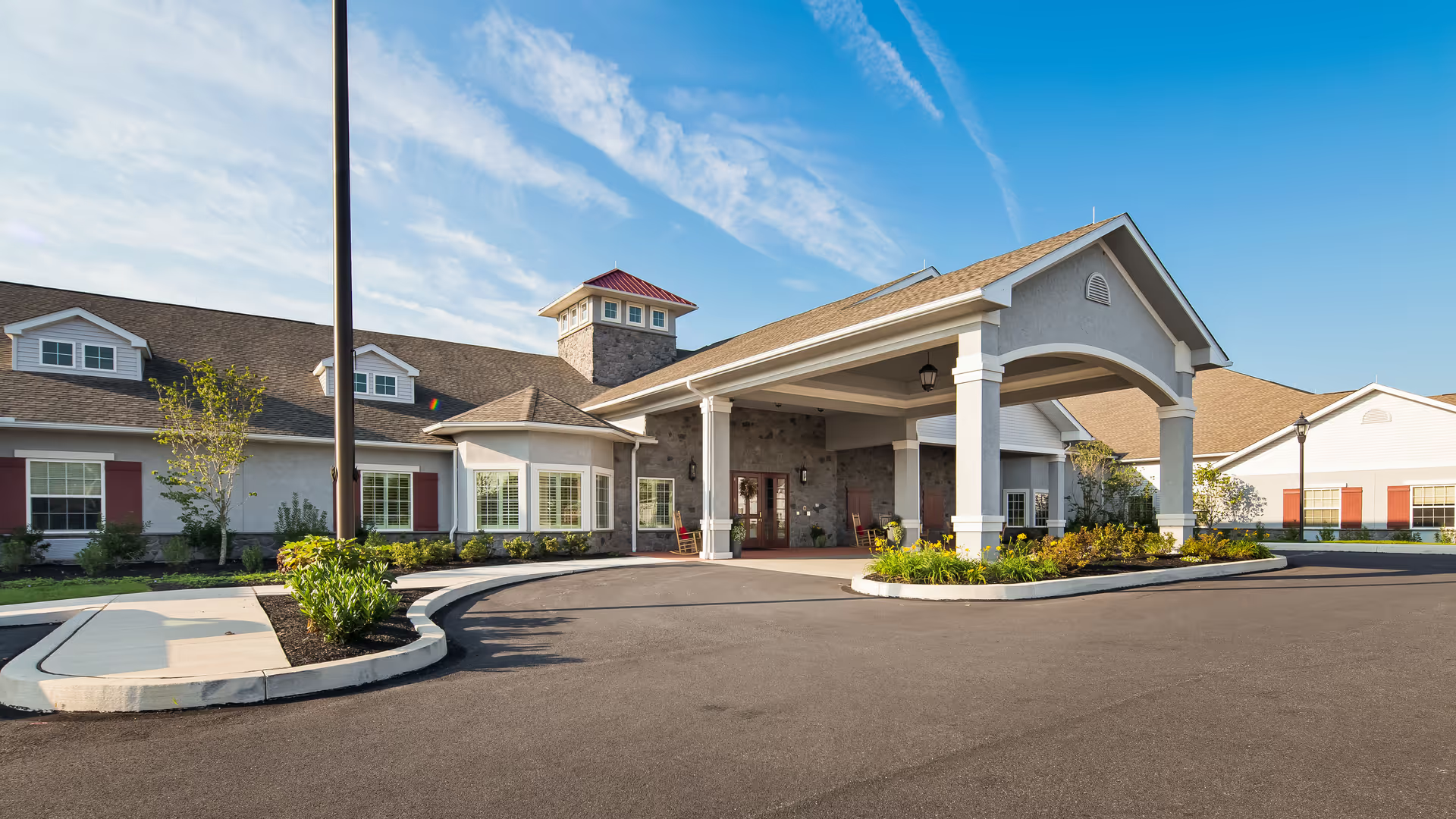Overall impression: Reviews for Piedmont Crossing Retirement Community are mixed but tilt notably positive in areas that matter most to many families: cleanliness, facility appearance, staff compassion, and clinical/rehabilitative care. Across many summaries residents and families repeatedly emphasize a spotless, odor-free environment, attractive common spaces, and a calm, small-country atmosphere. The nursing and rehab teams receive consistently strong praise — described in multiple reports as "amazing," "top rate," and lifesaving — and there are several accounts of successful rehabilitation and attentive clinical care. Many reviewers value the independent-living model with on-site pathways to assisted living and skilled nursing, describing the community as modern, thoughtfully run and offering peace of mind for families.
Staff and caregiving: One of the clearest strengths is the human side of care. Numerous reviewers use words like kind, compassionate, professional, and helpful to describe caregivers, nurses, and front-desk personnel. Several accounts single out nurses and rehab staff as exceptional, and families report frequent, reassuring communication about resident health in many instances. That said, staff experience is not uniformly positive: multiple reviewers note variability in staff professionalism and capability. A small but significant number reported problematic supervisory behavior and unprofessional individual staff, indicating inconsistency in staff performance and management oversight.
Facilities and amenities: The physical plant and amenities receive frequent praise. Reviewers highlight modern, beautifully maintained buildings, roomy apartments (two-bedroom 1,100 sq ft options), patio homes with full kitchens and washer/dryer (some patio homes are off the main campus), communal areas such as a welcoming community center, exercise equipment, library, computer room, and laundry facilities. The campus is described as serene and pleasant, with residents enjoying social opportunities and a homelike household model. A new Bistro cafe is noted positively for food quality though it carries an extra charge.
Dining and food service: Dining experiences are a pronounced area of mixed feedback. Several residents praise the dining room, restaurant-style service, and meals tailored to individual needs; some even call the food delicious. Conversely, an equal number of reviews criticize the cuisine as repetitive, unappetizing, or "slop," and express frustration that administration does not address menu quality. The Bistro is described as better but comes with extra fees. These divergent accounts suggest inconsistent kitchen performance or differing expectations among residents. Prospective residents should sample meals and ask about menu cycles, special-diet accommodations, and any food-service plans.
Activities and social life: There are reports of robust programming — scheduled outings, cultural events, movie nights, bingo, exercise classes, and a full activity calendar. Several residents credit the community with strong social benefits and new friendships. Conversely, some reviewers feel activity participation requires residents to sign up for events on their own initiative and that activity offerings may be limited for certain needs. This mixed picture suggests programming exists but may require proactive engagement by residents or more support from staff to facilitate participation.
Management, admissions, and transparency: Reviews here are polarized. Some reviewers describe management as accessible and sympathetic during admissions and care transitions. Others report troubling issues: lack of pricing transparency, high deposits, sales-driven tours, poor website information, and an overall feeling that administration can be unresponsive to resident concerns. Several reviewers raise value-for-money concerns, calling the community expensive and, in some reports, "a scam." These comments indicate a need for clearer, more consistent communication from leadership about fees, deposits, and contractual obligations.
Safety and clinical limitations: While many praise clinical care, there are several important safety-related negative reports that prospective residents should consider. Reviews mention a wandering incident, a distressing emergency call response, and concerns that when residents’ care needs escalate (e.g., move to round-the-clock care), families are required to pay substantial additional fees. Multiple reviewers also note that the community does not offer dedicated memory/mental-health care, which may be a critical limitation for residents with dementia or cognitive decline. These safety and specialty-care gaps warrant direct questions about emergency protocols, staffing ratios, fall prevention, wandering safeguards, and transition pathways when higher-acuity care is needed.
Patterns and recommendations: The dominant positive patterns are cleanliness, compassionate direct-care staff, strong rehab/nursing performance, attractive facilities, and a generally pleasant community atmosphere. The dominant negatives revolve around inconsistent dining, variability in staff professionalism, administrative transparency and responsiveness, safety incident reports, and cost/value concerns. Because of these clear contrasts, prospective residents and families should conduct targeted due diligence: request a management-led tour, meet nursing and rehab staff, sample multiple meals at dining service and the Bistro, ask for copies of fee schedules and deposit terms, inquire about memory-care availability and emergency response procedures, and clarify whether patio homes are on-campus or off-site. Also ask how activities are publicized and whether staff assist residents with sign-ups.
Bottom line: Piedmont Crossing appears to be a well-maintained, staff-focused community with strong clinical and rehabilitation strengths and many amenities that support an active independent-living lifestyle. However, the community shows variability in dining quality, staff consistency, administrative transparency, and safety incident reporting. These mixed elements mean the community could be an excellent fit for many seniors — especially those prioritizing cleanliness, rehab services, and a pleasant campus — but prospective residents should verify specific concerns (food, costs, memory care, safety protocols) during a thorough, management-led visit.







